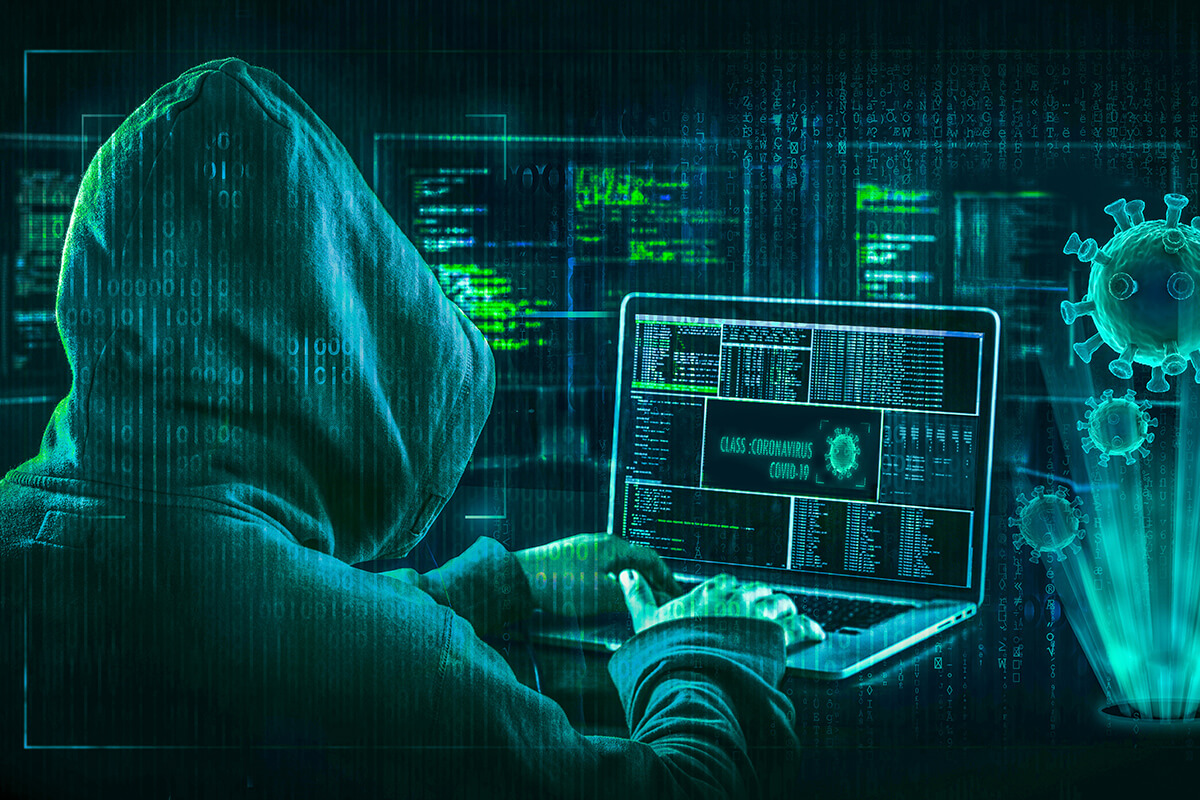The COVID 19 pandemic has resulted in an economic and health crisis all over the world. It has also created a new challenge for the businesses as they have adapted to working from home as a new normal. Companies across the globe are accelerating their digital transformation, and cybersecurity is a significant concern. The operational, reputational, contractual, and compliance implications could be considerable if cybersecurity risks are neglected.
The absence of robust control tools and a reduction in regular monitoring activities for any security breaches have led to a notable rise in cyber-attacks. It is now crucial for companies to introduce an overall business continuity plan and foster cyber resilience if they are new to it. Check out some of the cybersecurity best practices that will enable them to respond to and recover from cyberattacks.
Prioritize data security and privacy
These are times where employees have direct access to critical applications right from their homes. Pay special attention to employee groups that handle highly secured personally identifiable information (PIN) or any other confidential data. Closely monitor for any unusual online behaviour or patterns that could result in a cyber attack.
Establish cloud-based controls
Establish cloud-based control methods to ensure continuous security and protection even when the machines are not connected to the network. Review your companies Bring Your Own Device (BYOD) policies once again and make sure proper security measures are implemented. If required, restrict non-compliant and high-risk devices from the organization network.
Regularize Multifactor authentication
An additional security layer with multifactor authentication (MFA) to access networks and critical applications can significantly reduce security breaches. State-of-the-art MFA technologies make logging in less annoying for users and help teams protect credentials against any cyber theft. Banking interfaces and other critical data processes that are functioning in the work-from-home scenario can be secured with unique controls using VPNs and MFA
Keep every software up to date on security updates and patches
Always stay cautious when it comes to important software system updates and security patches. Accelerating patch cycles for critical systems such as VPNs and cloud interfaces will help identify and mitigate vulnerabilities quickly, protecting remote infrastructure.
Maintain a hygienic cyber environment
A unique, long, and complex password to protect devices and files against cyberattacks is mandatory. Always make sure that home networks connect only with a lengthy, unguessable password. Using the same password for various sites across the web is not a good idea as it might lead to severe cyber problems. Restrict yourself from logging in via public WiFi. It is advised to invest in a reliable virtual private network (VPN) for Internet access.
The pandemic has taught us that staying prepared is the key to face any cyber threat successfully. The ability to promptly react to any unforeseen events helps to reduce the impact of cyberattacks.
There are ways to reduce the force of a cyberattack, but it requires focused effort and proper planning. Companies need to make their remote working environments resilient to cyberattacks and enhance their development and security measures.
To find out more about secured cybersecurity strategies for your business, cybersecurity risk assessments, improving access management, and tightening infrastructure security, take a look at the services offered by SRM Tech’s Digital Team.






